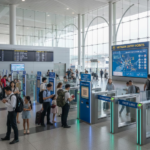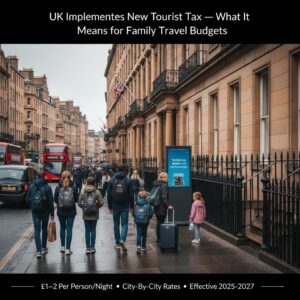The Philippine tourism industry has experienced a remarkable resurgence, cementing its position as a vital driver of economic growth and recovery in the post-pandemic era. According to the latest data from the Philippine Tourism Satellite Account (PTSA) released by the Philippine Statistics Authority (PSA), the tourism industry employed a staggering 6.21 million Filipinos in 2023, an exponential increase that is nearly four years ahead of the industry’s 6.3 million employment target for 2028.
The growth in tourism employment is a testament to the industry’s resilience and the government’s concerted efforts to prioritize and develop the sector. Tourism Secretary Christina Garcia Frasco attributed this success to President Ferdinand R. Marcos Jr.’s strong emphasis on the tourism industry, as well as the consolidated efforts of the Department of Tourism, other government agencies, and the private sector.
The report also revealed that the tourism industry’s share of the country’s gross domestic product (GDP) reached an impressive 8.6%, the highest recorded in 24 years since the PSA began compiling the data in 2000. The Tourism Direct Gross Value Added (TDGVA) amounted to a remarkable P2.09 trillion in 2023, a 47.9% increase compared to the P1.41 trillion TDGVA in 2022.Domestic tourism expenditure also experienced a significant boost, growing by 72.3% from P1.55 trillion in 2022 to P2.67 trillion in 2023.
Inbound tourism expenditure, which refers to the spending of non-resident visitors within the Philippines, including foreign visitors and Filipinos permanently residing abroad, posted a staggering P697.46 billion in 2023, an 87.7% growth from the P371.58 billion recorded in 2022, and even surpassing the pre-pandemic level of P600.01 billion in 2019.
Secretary Frasco highlighted the government’s efforts to strengthen the foundation for tourism through infrastructure and connectivity, expand government intervention in product, market, and destination development, and foster shared tourism governance. These initiatives, along with the industry’s innovative approaches, have not only enticed more tourists but also enhanced the overall tourism experience, making the Philippines an increasingly attractive destination for both international and domestic travelers.
The tourism chief expressed gratitude to all stakeholders, including industry players, government agencies, local governments, and the dedicated tourism workforce, for their invaluable contributions to the industry’s remarkable performance. Moving forward, the Department of Tourism remains committed to further developing and promoting the Philippines as a tourism powerhouse in Asia, as envisioned by President Marcos.















More Stories
IndiGo Chaos: 500+ Cancellations, Fares Skyrocket to ₹70,000 Amid Crew Shortage & Tech Glitches
Vietnam Expands E-Visa to 83 Checkpoints 41 New Airports, Land Borders & Seaports Unlock Tourism Boom
United Kingdom Introduces New Nightly Tourist Tax A Budget Wake-Up Call for Family Holidays